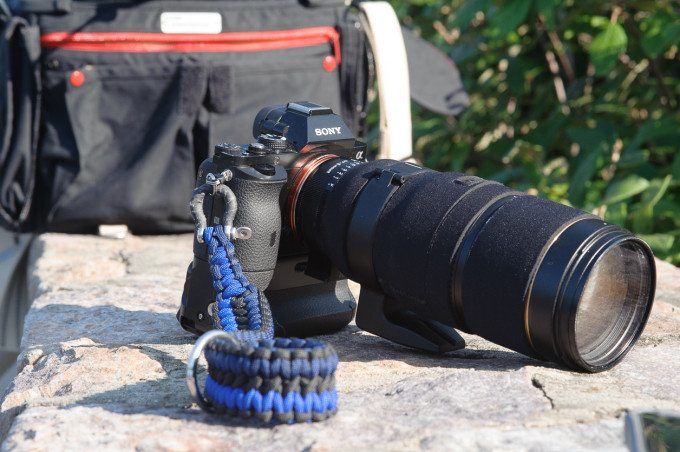Last Updated on 10/01/2014 by Gevon Servo

When trying to become more serious about your photography, you’ll often go after photography assignments and gigs. You clients will need specific images for presentations, articles, etc. If they cannot find the right stock photography or create the images themselves, they hire a photographer to create these images for them. I have recently started going on assignments for my company and there are some lessons that I have learned. The biggest is that photography is a cooperative craft at times. Sometimes you have to capture another person’s vision.
Here are five tips from my experience to help you get through things quickly.
Don’t Go in Blind

One of the most important things to do is communicate. When on assignment, it’s important to get as much information as you possibly can. Make sure you consider the who, what, when, where, why and how. Here are some pointers to start out with:
– You need to know who, if anyone, needs their images taken. You don’t want to bring back an image of the wrong person.
– Find out the most important subjects for the image so you are not creating images that will not be used. If a company’s logo has to be featured in every image its good to know ahead of time. This way you don’t waste time.
– Knowing the exact location of you shoot will help you plan your trip accordingly. You can look up locations and not get lost.
– If the images need to be taken at a specific time, plan to be there a little early to scout out the location.
– It’s good to find out why the images need to be taken. This will help determine if an image needs to be an action image of how something works or a simple product image.
With all this known up front you can can efficiently create your images and move on to other jobs.
Use the Right Gear for You

The gear you use on an assignment can vary greatly. Not every image calls for the use of an 85mm lens, for example. Sometimes you can’t reach every subject and you need a telephoto lens like the Sigma 500mm. Other times the subject of your assignment is so small you need a macro lens. The one thing that needs to be learned is how to judge this. If you don’t learn to figure out which gear you will need you’ll end up carrying all you gear all the time. A photographer on assignment won’t always have that luxury. The assignment may be at a tight apace or be so fast paced you can not change lenses. A photographer may have to carry two cameras. Sometimes you have to research their assignment and decide what you need way ahead of time.
Keep it Simple

Not all photography assignments requires high art. Sometimes and assignments just needs the facts. It’s a decision that needs to be made by communicating with the client. If you are going to make the client happy, keep things as simple as possible. Do what they ask. You are using your vision to create images for them. They may not want an abstract view of their product. A client tends to want what they want and going against that can have certain ramifications. Making the client happy can help you get jobs in the future.
Over Deliver

Within the guidelines of the client’s requested images, it’s okay to offer up an extra image or two that truly shows your vision. They did not just hire you because you own a camera. A photographer is often hired because their portfolio meets the vision the client wants to get across. What you over deliver may be what the client did not know they needed. It may not get used at all. The fact that the extra image or two was available will help the client remember you in the future. A photographer has to make sure their creativity is not lost when doing assignments.
Just make sure that they don’t consistently expect you to do so.
Be on Time

One of the most important things to remember when on assignment is to be on time. Time is money. A photographer is not being paid to complete an assignment on their own time. Many assignments have deadlines. These deadlines need to be met in order to be paid and remembered for future jobs. Getting your assignment, doing it and delivering the images in a timely manner makes a ton of difference in how you are perceived.

